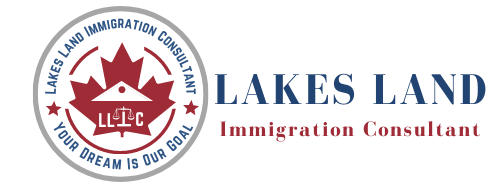
This helps a company to calculate the overhead cost per unit so that prices can be set accordingly to ensure a profit is made on each product even after incorporating all indirect expenses. Understanding the distinct roles and impacts of both direct and indirect costs is vital for accurate budgeting, efficient project management, and ensuring the financial viability of construction projects. Indirect costs in construction refer to expenses that, while not directly tied to a specific building or structure, are essential for the overall execution of a project.
Examples of Direct Costs
They can also compare the current year with the last fiscal year, as well as the actual numbers with those in the budget. This would allow business owners to spot trends and address cost issues as they arise. “In most cases, indirect costs will take the form of a contract or invoice received from a supplier or a service provider,” says Fisher. Facility rental costs, for example, will be determined by a rental agreement, while payroll costs will usually be based on employee agreements.
Favorite Tools
Activity-based costing (ABC) allocates costs based on the actual activities that drive them. This provides a more granular view of costs and can lead to more accurate project cost estimates and profitability analyses. Note that if electricity is not used as primary source for production then electricity cost will be treated as utility and is always indirect. For example, if electricity is required to run the boiler which in turn generates steam, then electricity needs to be allocated directly. Fixed costs are allocated as a fixed charge to a specific asset or department within the business. Let’s imagine that, rather than working for the water supply company, you are in a management position for a stationery and greeting card store.
Estimate the indirect cost budget.
Costs that provide financial safeguards against potential project challenges and unexpected events. Insurance can encompass general liability, builder’s risk, professional liability, worker’s compensation, and excess liability. Common types of bonds include bid, performance, payment and maintenance bonds.
- Because these activities are easily traced to projects, their costs are usually charged to projects on an item-by-item basis.
- Fuel costs for a CEO visiting another company’s office would be an indirect cost, since they cannot be directly tied to the production of a good or the provision of a service.
- The essential difference between direct costs and indirect costs is that only direct costs can be traced to specific cost objects.
- The second category of costs — Justin’s direct costs — are the costs that can be definitively linked to the source of his revenue.
- You want to make sure customers pay you more than what you pay to produce your products or offer your services.
- For instance, you notice your office supplies are quite high, especially printer paper.
- Indirect costs, although often overshadowed by their direct counterparts, hold significant sway over a project’s bottom line.
Managerial Accounting
Some of the key differences between indirect and direct costs include the allocation methods used to calculate them, the total monetary amount incurred, and how they can be tracked. In practice, there are several costing methods used to allocate indirect costs, such as activity-based costing (ABC) or fixed cost classification. Each method has its own pros and cons, for example in terms of impact on pricing, financial reporting and taxation.
What is an indirect cost rate?
Compared to direct costs, COGS/COS/COR is a broader term that encompasses all the cost related to production of an item, including not only the direct cost of materials and labor, but also any allocated overhead expenses. In the construction industry, the effective management of indirect costs can be a complex task, but technology offers a variety of solutions to streamline this process. The integration of sophisticated software tools and data analytics has revolutionized how these costs are handled, leading to increased accuracy and efficiency. By consistently reviewing indirect costs, firms can discern recurring trends or irregularities. Take, for instance, the cost of responding to requests for proposal (RFPs) consistently runs over budget, or if there are potential savings from bulk purchasing of materials. These reviews become opportunities for operational optimization and to enhance cost-efficiency.
Are indirect costs also known as common costs?
The PDOR estimates the overhead costs that will be incurred for a specified period and assigns an appropriate activity base. In an industry where past trends can inform future decisions, data analytics and predictive tools can play a large role. By analyzing historical data, indirect costs are also referred to as these tools can identify patterns in indirect cost overruns or savings, providing valuable insights for future projects. Predictive analytics can help forecast potential cost deviations, allowing project managers to proactively adjust budgets or strategies to mitigate risks.

It is possible to justify the handling of almost any kind of cost as either direct or indirect. Labor costs, for example, can be indirect, as in the case of maintenance personnel and executive officers; or they can be direct, as in the case of project staff members. Similarly, materials such as miscellaneous supplies purchased in bulk—pencils, pens, paper—are typically handled as indirect costs, while materials required for specific projects are charged as direct costs.
AccountingTools
Direct costs represent the money that goes into creating and delivering products or services to customers. Indirect costs are all the other background expenses involved with running the business. Other expenses, such as cash register tape, bags to put customer purchases https://www.bookstime.com/ in, and utilities, are similarly considered indirect costs. They are expenses that are needed to keep the store open and facilitate the sale of goods. However, they are not tied directly to the greeting cards and stationery that is available for sale.
